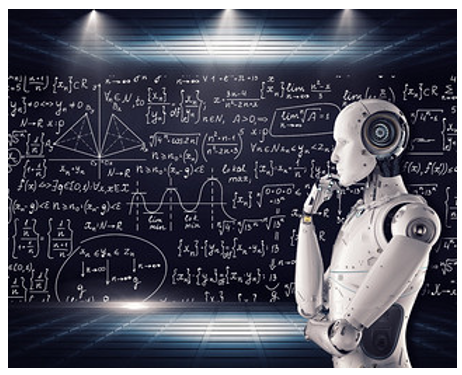Examine Microsoft AI principles - Reliability and Safety
To build trust, it's critical that AI systems operate reliably, safely, and consistently. These systems must operate as designed, respond safely to unanticipated conditions, and resist harmful manipulation. How they behave and the variety of conditions they can handle reflect the range of situations and circumstances that developers anticipated during design and testing.
Safety refers to minimizing unintended harm from AI systems. Such harm includes physical, emotional, and financial harm to individuals and societies. Reliability means that AI systems perform consistently as intended without unwanted variability or errors. Safe and reliable systems are robust, accurate, and behave predictably under normal conditions.

There are several key challenges in developing safe and reliable AI:
- Complexity. Modern AI systems utilize neural networks that can have millions or even billions of parameters. This design makes their behavior complex and difficult to fully analyze and test. For example, a deep learning image classifier develops highly intricate feature detection capabilities that emerge from its training process. The sheer scale and complexity of these models leads to unpredictability and surprising failure modes that require extensive testing and analysis to uncover.
- Bias. Algorithmic bias occurs when systems produce unfair or unreliable results due to faulty assumptions, limited data, or other factors leading to disproportionate errors against certain groups. For instance, a recruiting algorithm trained only on data from current employees could inherit implicit biases if that employee pool doesn't represent diverse genders, races, and so on. Organizations must continually monitor their AI models to detect these uneven impacts on different user segments.
- Cybersecurity. Like any software, AI models and systems are vulnerable to hacking, data poisoning, model theft, and other malicious activities. Attackers could attempt to stealthily corrupt training data to introduce subtle errors into models that reduce their accuracy or reliability. Or they may steal and modify models to behave incorrectly when deployed. To mitigate this issue, organizations must implement ongoing security evaluations.
- Real-world unknowns. It's impossible to account for every scenario an AI system may encounter when deployed in complex, unpredictable environments. Training simulations and test datasets, while useful, differ from how systems perform in actual usage. For example, an autonomous vehicle model may fail to handle icy road conditions if its training emphasized dry scenarios. Continued real-world testing helps assess robustness.
- Incorrect specifications. AI creators may inadvertently develop systems while optimizing for the wrong objectives, especially with insufficient domain expertise or insight into how humans perform the task. For example, an AI product designed only to maximize user engagement could end up promoting addictive behaviors. Close collaboration with domain experts is imperative.
Microsoft's approach to reliability and safety in AI
Microsoft addresses the challenges in developing safe and reliable AI through techniques such as:
- Extensive testing and simulation of models. Microsoft invests heavily in testing AI systems under a wide variety of conditions, including edge cases. It evaluates models on diverse datasets that cover different demographics, adversarial examples, perturbations, and more. Complex simulators help test systems like autonomous vehicles.
- Monitoring models in production and flagging uneven outcomes. Once Microsoft deploys AI models, it closely monitors their performance and outcomes across user segments. In doing so, the company checks for accuracy drops or uneven results that could indicate emerging issues.
- Conducting red team exercises to uncover potential vulnerabilities. Groups across Microsoft simulate cybersecurity threats to AI systems to uncover potential vulnerabilities. They attempt to compromise data, poison models, and find failure scenarios. This constant probing strengthens defenses.
- Enabling human oversight and control of high-risk AI systems. For high-risk scenarios like medical diagnosis, Microsoft seeks to keep humans in the loop to oversee model behavior and make ultimate decisions. Models provide assistance rather than full autonomy.
- Promoting best practices. Microsoft has published extensive guidance on responsible data collection, model development, testing, documentation, and deployment to encourage best practices across teams.
- Office of Responsible AI. Microsoft dedicated this cross-disciplinary team to overseeing policies, audits, issues escalation, and best practices related to ethics, fairness, safety, privacy and compliance.
Human role in responsible development
While technical measures are important, responsible AI also requires conscientious human guidance. AI creators have an obligation to:
- Consider the ethical implications of their work at each stage of the AI lifecycle.
- Advocate for transparency and accountability measures.
- Participate in reviews of model fairness, safety, and reliability.
- Continuously monitor for issues post-deployment and act accordingly.
With great care and forethought, AI creators can work to maximize the benefits of AI while minimizing risks. Safety and reliability should remain top priorities.
Safety and reliability are critical pillars of responsible AI. Microsoft takes steps to promote these pillars through technical solutions, strong governance, and human-centered design principles. However, doing so is an industry-wide effort. Every AI creator has a part to play in developing AI that is trustworthy, secure, and benefits society.
Knowledge check
Choose the best response for the following question.